Narrative Weapons Are Being Used Against You; This 5-Part Framework Shows You How to Identify Them And Fight Back
Decode the Structure Beneath Every Viral Smear, Moral Panic, and Emotional Trap
“World War 3 is a guerrilla information war with no division between military and civilian participation.”
— Marshall McLuhan, War and Peace in the Global Village (1968)1
Last Saturday, I went live from Times Square and 30 Rock to answer subscriber questions on my article You’re Not Crazy The System Is about the Guardians Of Decay.
I also introduced a core protocol that every modern communicator, in any domain, needs to master. It will have a profound effect on helping them operate with clarity and success inside the guerrilla information war Marshall McLuhan described.2 The war isn’t theoretical. It’s happening now, in headlines, in Substack essays, in comment sections, in professional messaging strategies, and even in parenting discourse.
To survive and navigate it, I developed the 5T Protocol for Information Warfare.
The goal is simple: give public relations teams, crisis managers, strategic advisors, and leaders a pattern-recognition system to see what’s actually being said, beneath tone, branding, and credentialed polish. When you understand the 5T Protocol, you begin to notice the structure behind every emotionally manipulative or reputation-targeted piece of communication. It becomes easier to respond with clarity instead of confusion, and with precision instead of panic.
So what is the 5T Protocol for Information War?
The 5T Protocol is a resource for pattern detection. It examines five elements in any narrative artifact:
TERRAIN – What ground is being claimed? What moral or cultural authority is being invoked?
TARGET – Who is being directly or indirectly attacked, undermined, or positioned as “the problem”?
TONE – What emotional register is being used to claim the high ground, silence dissent, or confuse criticism with cruelty?
TROPE – What culturally familiar scripts are activated to signal virtue or justify attack?
TACTICS – What rhetorical tools are doing the dirty work? Are they logical? Fair? Or manipulative?
Yesterday, I alluded to this model using
’s viral essay “How to Advocate Without Being an @sshole.” It provided a clean and basic introduction, full of classic tropes, tidy tone control, and obvious tactics. And as I’ve studied the battle in this particular front of the information war more closely, one thing has become clear:It didn’t start with Julie.
It started further upstream, with professionals like Dr.
, who writes at .Dr. Emily’s voice is calm. Her platform is polished. Her credentials are visible. Her tone is reasonable. And her recent article “We Don’t Have Time for Autism Mommy Wars” reveals the same suppression patterns, only more subtly executed. This isn’t personal. It’s professional. She creates the terrain that others then weaponize.
Today, we’re going to learn with Dr. Emily’s article and apply the 5T Protocol to it.
We’re not doing this to debate parenting styles. We’re not doing this to get sucked into a political argument. We’re certainly not going to attack Dr. Emily.
We’re doing this to teach a survival skill. Because like it or not, you’re already in the guerrilla information war McLuhan described, whether you work in communications or not. If you use the internet, scroll a feed, post a comment, read an article, or speak your mind in public, you’ve already felt the pressure.
Narrative warfare isn’t a niche threat. It’s the atmosphere now. Learning to see the patterns isn’t optional. It’s cognitive armor.
Let’s begin the breakdown the 5T Protocol.
T1: Terrain
Narrative Ground Claimed: Virtue-based Unity in a Supposedly Fractured Community
Dr. Emily frames her article as a plea for peace. And the narrative terrain she seizes is moral authority disguised as neutrality. She claims the high ground while planting mines under it.
“We, the parents of autistic children, have become more and more divided between those whose kids have higher support needs and those whose kids have lower support needs.”
“We are also each other’s best hope for advocacy.”
This framing forces a position: if you challenge her or operate outside her framework, you are feeding division. That’s a false dichotomy embedded in the terrain itself.
Dr. Emily presents the battlefield as “unity vs. division,” and hides the fact that she’s drawing the dividing lines.
T2: Target
Who Gets Marked, and Why
Dr. Emily’s target is anyone who speaks about profound autism in terms she finds uncomfortable, especially if that speech aligns with RFK Jr., or even just dares to say “this is hard.”
“This crack was blown open recently when RFK Jr. arrived on the scene talking about things he knew nothing about.”
“If you felt triggered by his words, you are not alone.”
The phrase “talking about things he knew nothing about” is not a refutation. It’s a blanket dismissal. It is also a circumstantial ad hominem, attacking the man, not the substance, based on his perceived lack of lived experience.3
By invoking RFK Jr. as a symbol of harm and irrationality, she doesn’t just target him. She targets any parent who felt seen by his words. They are branded as irrational by association. Guilt by association is the classic narrative sniping tactic here.
“Many parents of kids with lower support needs were angry at how out of touch RFK’s comments were…”
This line paints all who resonated with his statement as wrong, without ever quoting or unpacking the statement.
T3: Tone
Emotional Register Used to Suppress Pushback
The tone of the article is soft, maternal, and credentialed. But don’t be fooled, it is also morally loaded. This is tone as shield. The article radiates compassion to preempt critique.
“I try to stay out of political discussions. However…”
That’s a bait-and-switch: a gentle invitation that turns into a loaded political call-to-action, just two paragraphs later.
“We cannot let politicians, who talk about things they do not fully understand, divide us.”
Here, she claims neutrality while actively stoking moral panic against RFK Jr., and any parent that echoes even a fragment of his narrative. It’s a moral high ground trap: challenge her, and you’re anti-unity, anti-compassion, maybe even dangerous.
T4: Trope
What Familiar Story or Cliché Is Being Reinforced?
Dr. Emily deploys the trope of The Rational Voice Calling for Peace Among Extremes.
“Whether it’s ‘mommy wars’ about being a stay-at-home mom versus a working mom… we have forgotten one very important detail: being able to choose anything in parenting is a privilege.”
She presents all disagreement as “wars,” emotionally immature, zero-sum, and unnecessary. Then she brands herself as the wise adult in the room. The trope here is Reasonable Mother Against the Chaos, and it’s a false frame.
Because sometimes, it’s not a war. Sometimes it’s an honest, strategic, and painful attempt to describe reality.
The deeper trope is this: disagreement is danger. And when you place all uncomfortable speech inside the frame of danger, you don’t have to answer it, you just have to suppress it.
T5: Tactics
This is where narrative warfare can get intense. Whether by design or unconscious bias, rhetorical tools are deployed to seize the upper hand, not by reason, but by control of perception. Below are the seven identifiable logical fallacies Dr. Emily uses in her piece, each designed to suppress dissent and fortify her position.4
1. Straw Man
“This crack was blown open recently when RFK Jr. arrived on the scene talking about things he knew nothing about.”
Definition: Misrepresenting someone’s argument to make it easier to attack, as if they were made of straw.
Explanation: Instead of quoting or fairly representing RFK Jr.’s statements, she dismisses them with a vague summary and attacks a simplified version. This invites emotional reaction rather than critical engagement.
2. Guilt by Association
“RFK Jr.… talking about things he knew nothing about.”
“We cannot let politicians… divide us.”
Definition: Discrediting someone by linking them to an undesirable person or group.
Explanation: Anyone who found truth in RFK’s remarks is grouped with “dividers” or ignorant politicians. This makes it harder for parents to express agreement without feeling morally suspect.
3. Poisoning the Well
“If you felt triggered by his words, you are not alone.”
Definition: Presenting adverse information about a person or idea preemptively to discredit any response.
Explanation: By framing RFK’s words as inherently triggering, she primes readers to treat any alternative interpretation as insensitive or harmful, even before it’s heard.
4. False Dilemma
“We cannot let politicians… divide us.”
Definition: Presenting two choices as the only options, when more exist.
Explanation: This constructs a binary: you’re either uniting behind her framing or you’re siding with chaos and division. It removes space for disagreement, even if well-intentioned.
5. False Equivalence
“We, the parents of autistic children, have become more and more divided…”
Definition: Equating two unequal positions as morally or functionally the same.
Explanation: She implies that both sides of the “divide” experience equal hardship and misunderstanding. But families raising profoundly disabled, nonspeaking children face materially and psychologically distinct challenges.
6. Moral Credentialing
“I know that I am privileged with an education… a flexible job… insurance… a public school system…”
Definition: Using one’s own virtues or experiences to shield from critique.
Explanation: She uses her résumé to establish unchallengeable authority. It implies: “You can’t question me, I’ve earned this.” It subtly disqualifies differing perspectives from less credentialed parents.
7. Red Herring
“Success is a child’s smile, an excited jump or flap…”
Definition: Introducing irrelevant material to divert attention from the issue.
Explanation: After launching rhetorical attacks, she shifts to soothing generalities about “what success means.” And while it’s emotionally resonant, it functionally distracts from the power dynamics and labeling earlier in the piece.
These tactics do not disqualify Dr. Emily’s right to speak. And they matter because they shape how others are allowed to speak in response.
Each fallacy is a control device.
Each device has one aim: cognitive dominance.
And that’s why the 5T Protocol exists: to help you spot them, defend your cognitive terrain, and speak with clarity when the war comes to your domain.
Final Frame and Reorientation
This is not about parenting style. This is a lesson in narrative warfare.
Dr. Emily’s article is a near-perfect map of how soft power suppresses free speech, and how credentialed language masks coercion.
The 5T Protocol allows us to see it.
Not to attack. But to think.
Not to shame. But to understand.
Not to mimic. But to remain sovereign in a world of emotional and rhetorical traps.
Outmaneuver the noise.
Own your narrative terrain.
Orient faster than they can distort!
You’re Not Crazy, The System Is
There comes a moment in every failing system when something predictable happens. Just as the cracks widen and the contradictions grow harder to ignore, a familiar figure emerges, not to repair or reform but to preserve the rot.
I first become aware of this McLuhan quote from
in the July 2018 edition of his Global Guerrillas Report; which you can subscribe to by clicking here.You can access clips here in the chat too.
Ad Hominem is one of the most readily available “tells’ when detecting patterns. It is a frequently used tactic, choosing to attack the person and not their point. So the question you have to ask is “Why are they attacking the person and not addressing their actual point?”
One of the best things you can do is learn and/or review elementary logic, especially formal and informal fallacies. Logic is something to be practiced to improve your pattern detection abilities. Studying the common logical fallacies is also very important; and the better you get at them, the quicker it is to spot them.

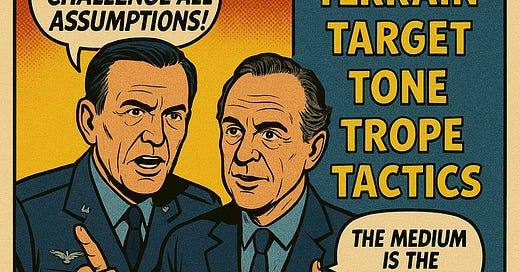




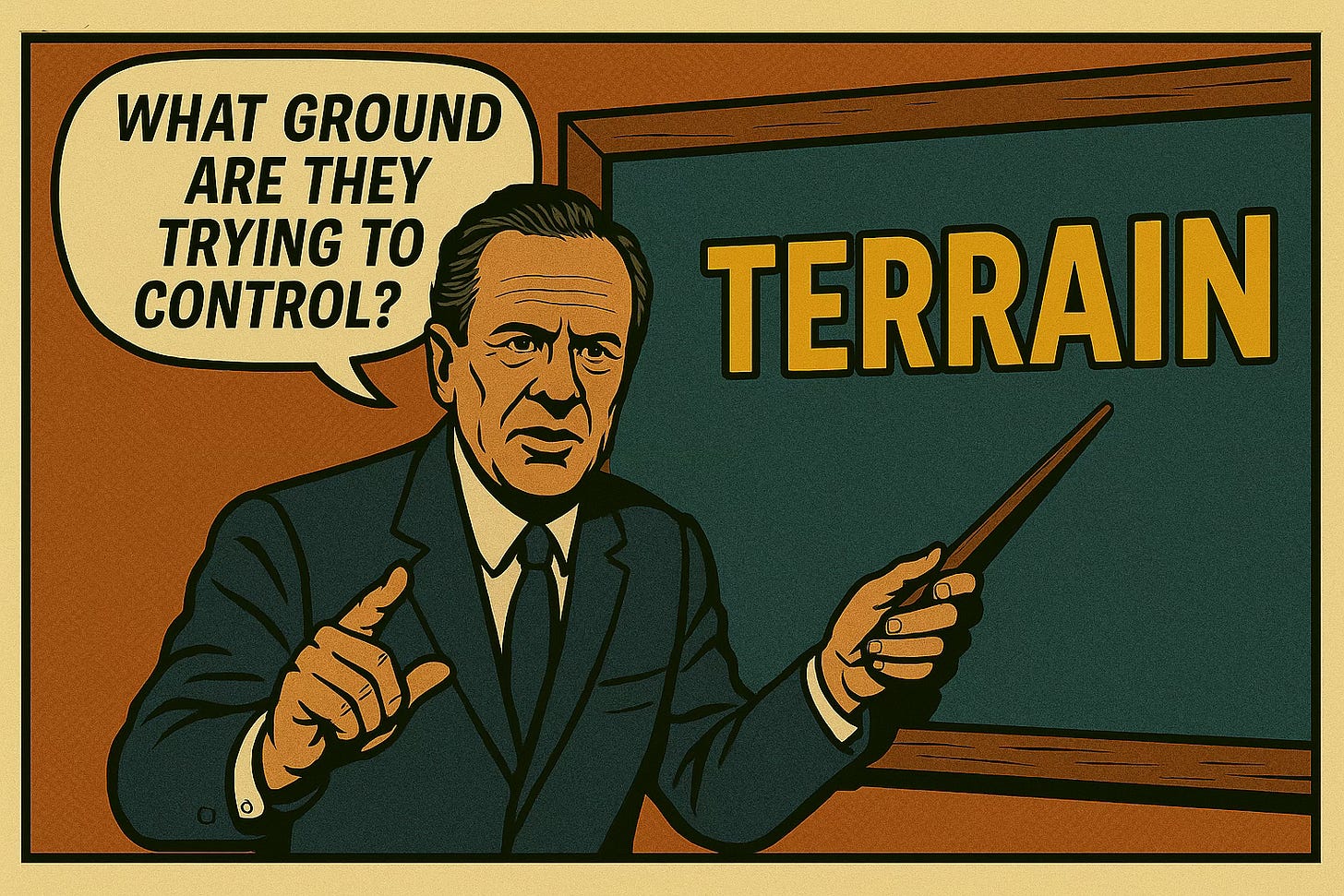
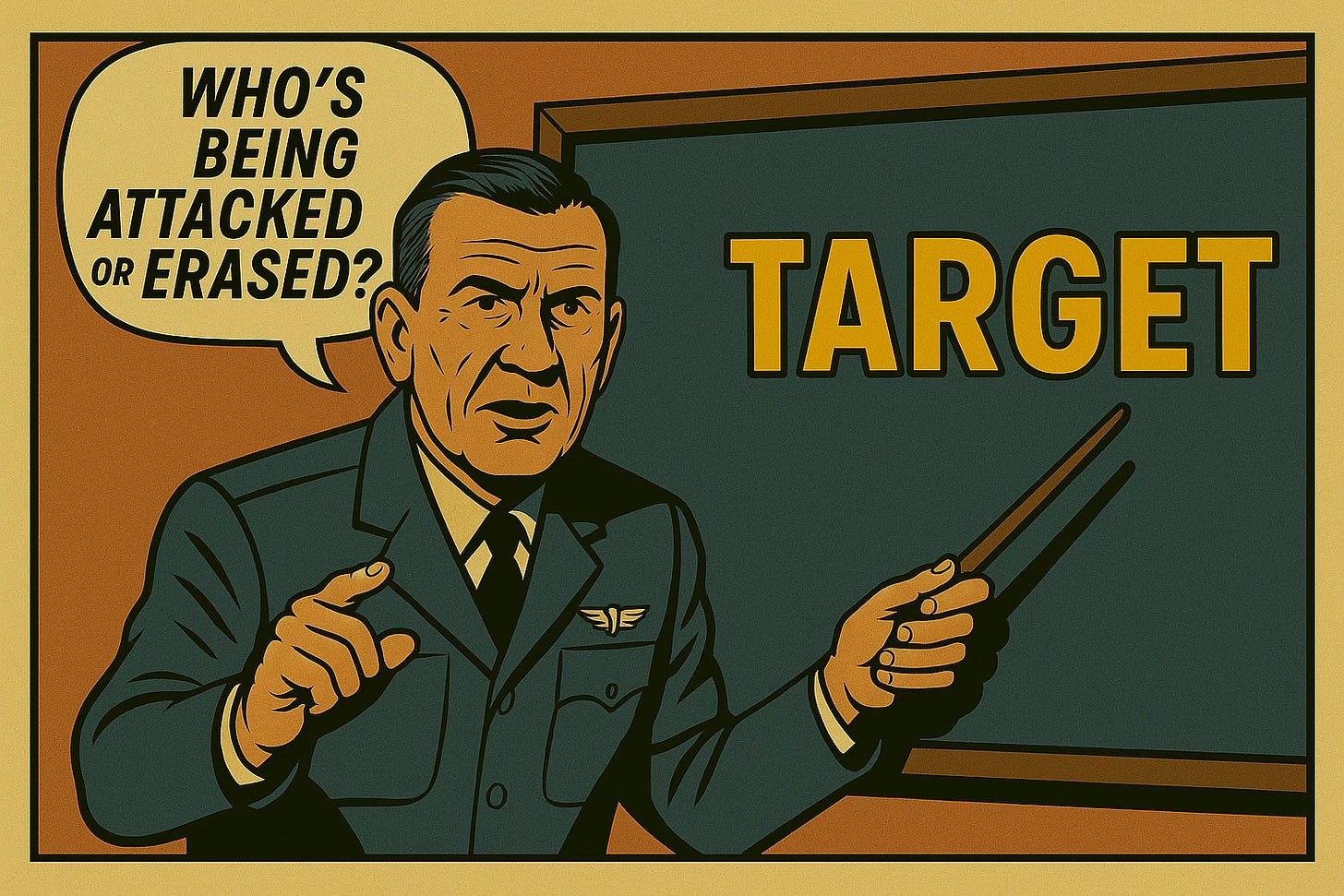
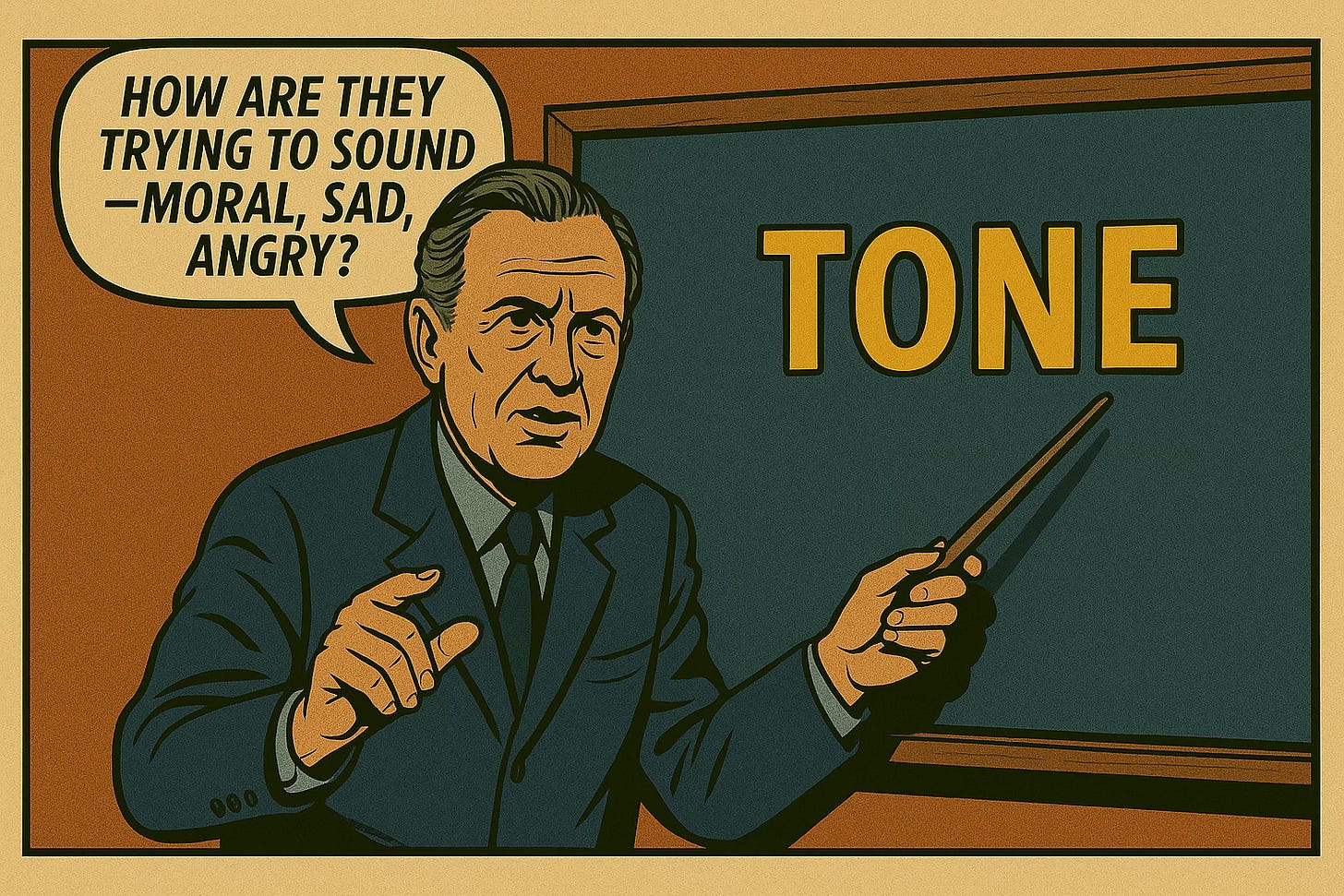
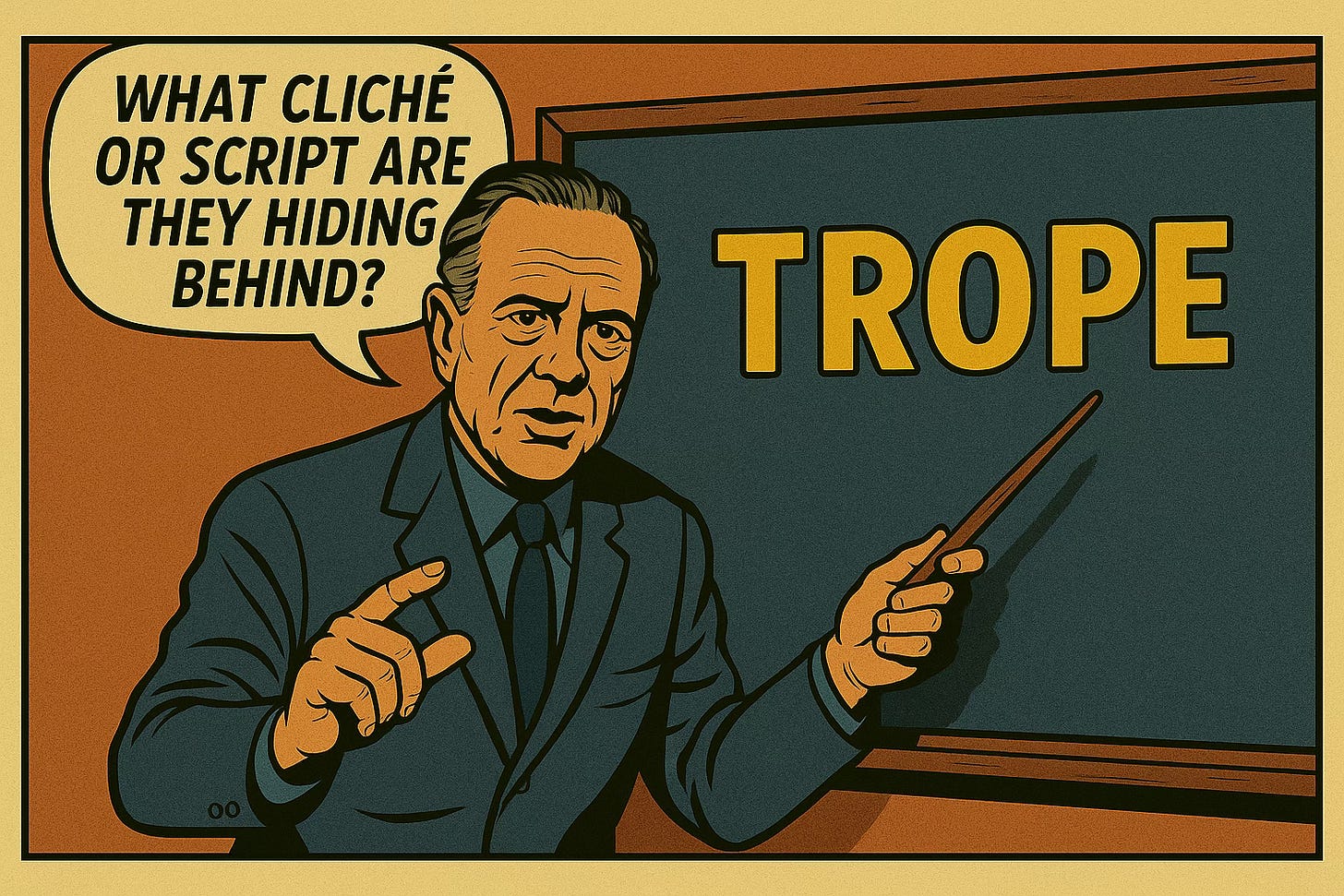


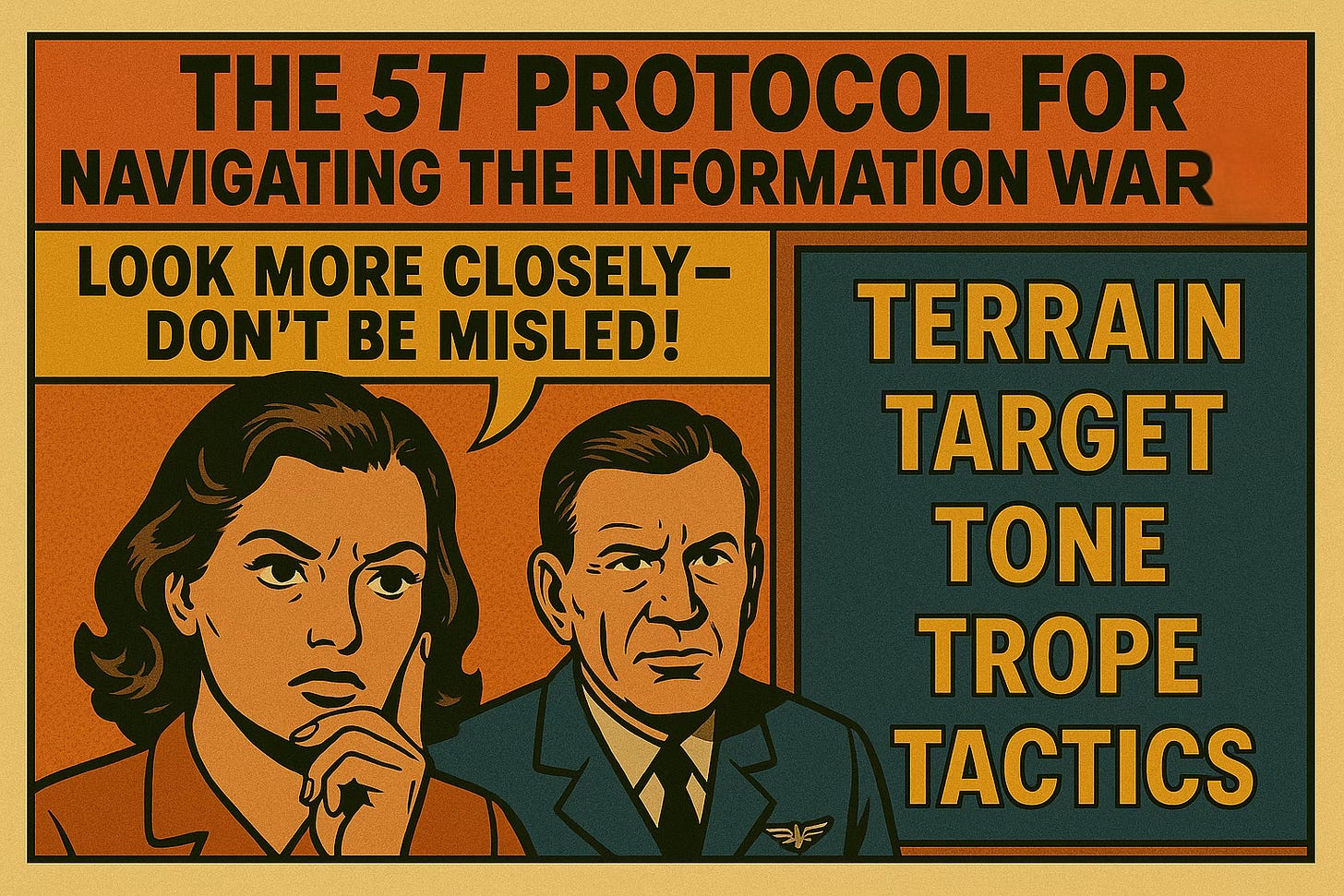
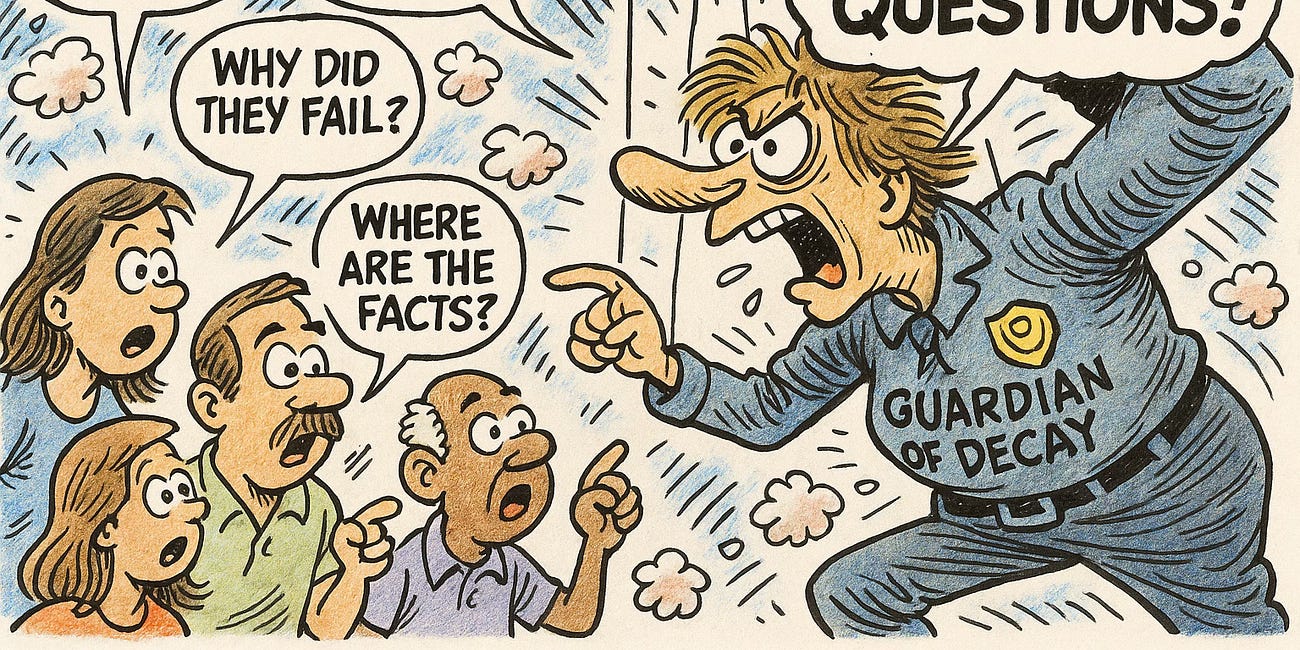

It may be time for a quick review of logical fallacies ...
https://www.youtube.com/watch?v=Qf03U04rqGQ&t=18s
This is helpful in explaining the framework. You mentioned in other articles to hold the terrain when reading or speaking to others. What practices have you found that work best (or do you already have an article on this?) Thank you for the writeups!